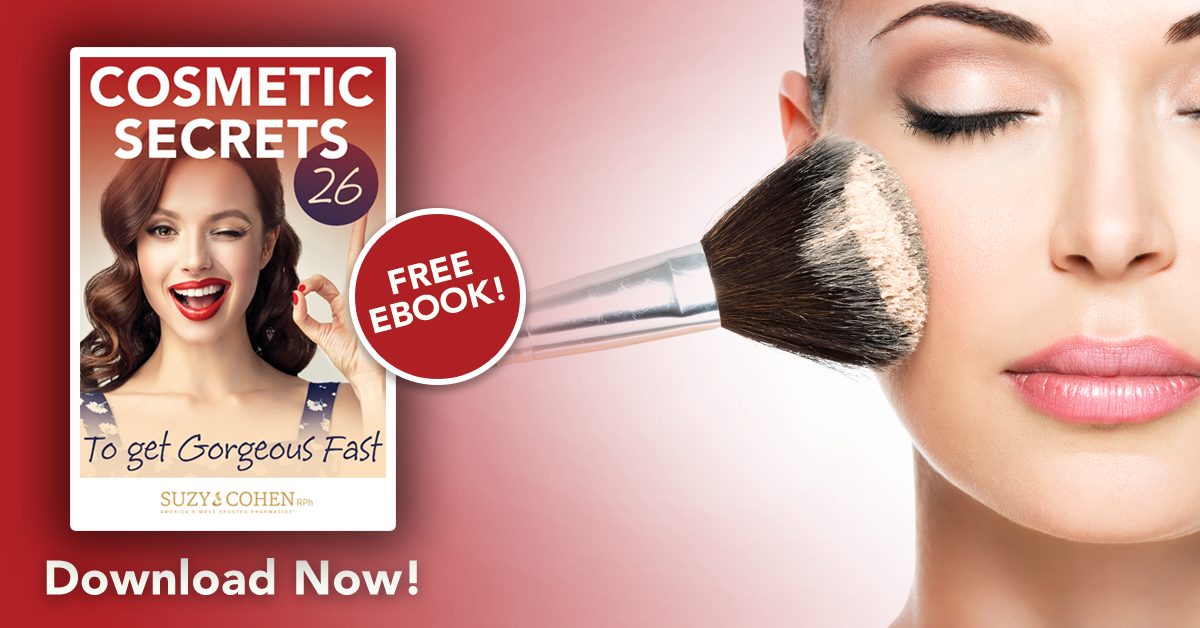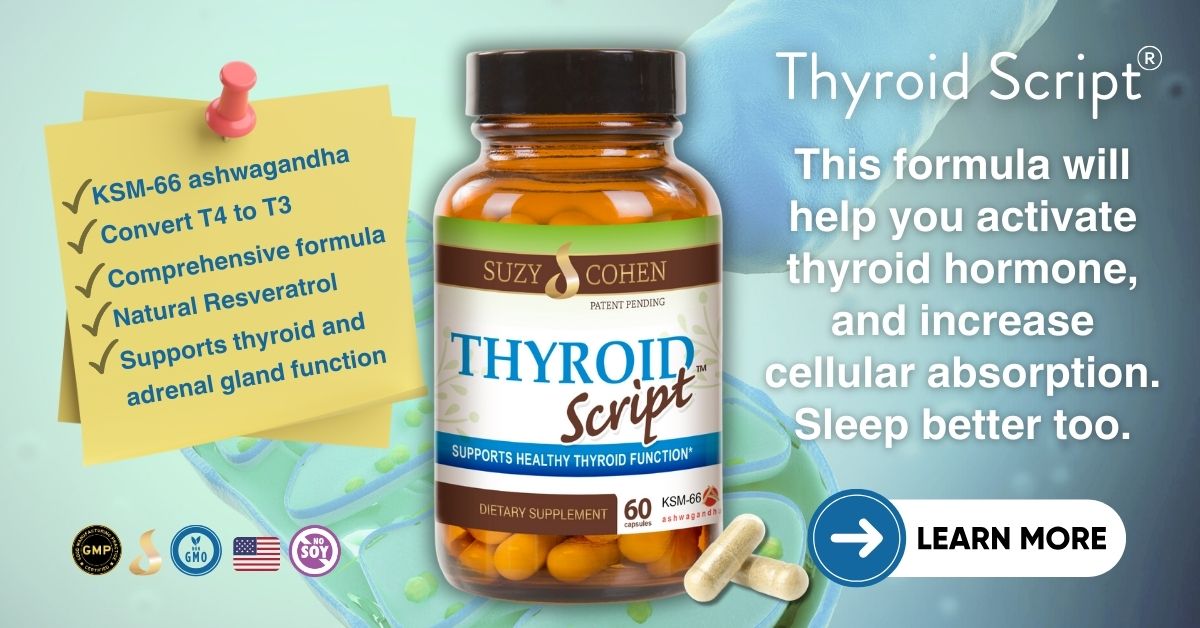Diaper rashes are a misery for all involved! Most babies will develop a diaper rash before the age of two, and while there are good commercial creams available, sometimes they simply don’t work or contain harmful chemicals! The same goes for balms and salves that treat adult rashes.
Thankfully, natural remedies are available. When my children were babies, I was always prioritizing this condition so that we could all sleep in peace! I would mix different things like essential oils or clay right into the commercial creams, working tirelessly to find the perfect, soothing balm.
Most of the time, chronic redness, soreness and rashes have to do with not changing diapers quickly enough. If baby sits in the wetness, the moisture aggravates their bottom and leads to an angry rash. The goal is to keep the moisture down, so it isn’t lingering too long. Let them go commando for an hour if you can.
A rash can be caused by a pathogen like fungus or bacterial invaders in which case some of the anti-fungal “clotrimazole” based creams can help. Sometimes the rash can result from sensitivities to fragrances and artificial chemicals and colors in their diapers and wet wipes.
Some of the most popular widely available diaper rash creams often contain petrolatum, but unfortunately, is could be contaminated with toxic chemicals called polycyclic aromatic hydrocarbons (PAHs). Baby powder is no longer recommended due to the health concerns that talcum powder is associated with.
Today my goal is to give you some natural methods to take care of a rash, but before I get to that, let me elaborate a little more on the causes.
Causes of Rash
A diaper rash (aka diaper dermatitis) is a skin condition that is common among babies and it results from many potential causes:
Hypersensitivity to Artificial Chemicals.
It’s usually the chemicals that you can barely pronounce that you find in your laundry detergent, wet wipes and possibly even salves and creams that treat diaper rash. Not everything is gentle like you might expect.
Wetness.
Infant skin is tender and fragile and it inflames very easily. Sitting in a soggy, dirty diaper is bad and will obviously irritate the skin. This is probably the #1 cause for regular diaper rashes and secondary to that, you will sometimes see pathogens invade the irritated, raw skin.
Pathogens.
Most infants will experience a worsening rash if it’s not treated right away, or if it’s due to a secondary bacterial organism or yeast infection (such as candida). This could happen if the baby was given an antibiotic for treating an ear ache (for example), and the delicate gut microflora got destroyed. Rashes occur very frequently post-antibiotic use.
Another way that your child can get a yeast diaper rash is if YOU are on an antibiotic, and you’re breast-feeding your baby. He or she gets the drug transferred into their system via breast milk, and it’s almost as if they’re taking the drug themselves! Here’s an article I wrote that you might be interested in, Antibiotics are Stupid, It’s Up to You to Be Smart!
Treatment for this type of antibiotic-induced yeast rash could be prevented in advance by providing a probiotic to baby in between doses of antibiotic… or even right after the course is completed. It’s important. Unwanted, painful consequences of NOT treating a rash can include peeling skin, oozing blisters, pus, mild fever and red broken or bloody skin. If the rash seems to worsen despite your best efforts, obviously see your pediatrician for medication and proper treatment. Remember, every rash that your baby gets could be different, and may or may not respond to what you used last time. Nevertheless, I think the following ways to naturally soothe a diaper rash are great.
10 Natural Ways to Treat a Diaper Rash
1. Use as few chemicals as possible.
There are hundreds of potentially harmful chemicals in some baby products, even those advertised as “gentle” so it’s up to you to look for hidden ingredients that could be triggering a rash. These include chlorinated chemicals, synthetic colorants and fragrances, and preservatives or fillers that may not agree with your baby’s sensitive bottom. While they might smell nice, skin might become easily irritated by perfumes (which are chemicals, not pure flower extractions like you might assume).
One brand of diapers might cause more problems than another, so shop around and use the trial and error method. As for laundry detergents, use unscented versions. You might also look for chlorine-free disposable diapers. Some parents go to such extremes to protect the environment and baby all at once by using cloth (washable) diapers. Today, alcohol-free wipes are available, and those will help reduce the risk of causing a rash to skin.
2. Air it out.
All baby skin is delicate and sensitive. Some babies do well if they’re allowed to go without a diaper for a little while and let their bum air out and be completely away from the humidity of a diaper! If possible, leave it off for about an hour a day. Timing is key with this one, if you know what I mean.
3. Make homemade cream.
One of the best ways to prevent a diaper rash is to create a moisture barrier between a baby’s skin and potential irritants. Lots of natural substances work well for this, including apricot, coconut, almond, and olive oil.
For a thicker salve that’s easier to apply, make your own by blending together one-quarter cup shea butter, one tablespoon coconut oil, two tablespoons zinc oxide, two teaspoons bentonite clay and a few drops of lavender, frankincense, or ROMAN CHAMOMILE essential oil. Rub the mixture into the rash to soothe the skin.
Note: While it’s possible to adjust this recipe to include your preferred ingredients, make sure you avoid anything that is petroleum-based, as the compound will actually dry out the skin over time. You should also avoid cornstarch because it can feed a yeast infection, as well as talc powder which may be harmful if inhaled.
4. Use apple cider vinegar
Apple cider vinegar contains acetic acid, a natural disinfectant and sounds like it should hurt. It will if applied prior to dilution! So the best way to try this remedy is to dilute about one cup in the bathtub, and soak only for 5 or 10 minutes. It helps to relieve itching while also killing bacteria and other pathogens that could infect and irritate the skin.
Click Here to learn about several other health uses for apple cider vinegar.
5. Use an Essential Oil Spray
Many plant compounds have antimicrobial properties that make them useful for preventing diaper rashes. You can make a homemade spray to prevent infection. Buy a 4 ounce spray bottle and put in 3 to 5 drops of lavender, 2 drops of frankincense EO, and 1 drop of tea tree essential oil plus a tablespoon of olive oil. Then fill the bottle to the top with some distilled water. To prevent flare-ups, spray the mix on baby’s bottom. Let dry for a minute and put diaper on.
If you’re interested in DIY remedies, then check out my article on Essential Oil Blends to Relax and Sleep.
6. Try Epsom Salts
Also known as magnesium sulfate, epsom salts can be very soothing and work when nothing else does. There are many anecdotal reports of this soothing a rash within minutes. Just pour about a half cup (or possibly one cup) of epsom salt into a tub of water and let your child soak for approximately 10 to 15 minutes for example. Improvement should be quick, within a day. This type of bath can be repeated if necessary the next day. It’s not a daily bath though because baby does absorb magnesium through the skin and so you need to think of this when you do the treatment.
7. Treat with Aloe Vera
Have you ever used aloe vera on sunburn? You can even buy a plant, and have this plant growing in your home at all times in case of a cut, minor burn, insect bite or rash. Aloe is anti-inflammatory and very cooling and can quickly soothe your baby’s rash. Fresh or bottle aloe gel both work well to calm down inflammation and kill certain bacteria that accompanies rashes. Don’t get any brands that contain other compounds or alcohol because you will exacerbate the rash. You want pure aloe vera as it comes straight from the plant! You can apply it directly to the affected area with your fingertips.
Aloe vera is an impressive natural remedy that you can grow in your own home! Check out my article on 11 Impressive Uses for Aloe Vera.
8. Make an oatmeal bath
Oatmeal has anti-inflammatory properties and it’s very soothing. It is a gentle method of soothing a rash, even in adults. Its protein content can help protect the natural barrier of a baby’s skin while simultaneously removing dirt and oil from the skin. This is very easy to use too. You just buy a commercially prepared oatmeal packet (for example by Aveeno®) and pour it in the lukewarm bath according to packet directions. You can also use plain oatmeal and add about a cup of old-fashioned oats to baby’s bathwater. You’re going for a silky smooth texture to the water, it will look milky. Since the effects are very gentle (and not necessarily curative) this palliative treatment can be used two or three times a day along with salves or balms, or other commercial ointments.
9. Apply Breast Milk.
If you’re a nursing mom, then this could be an easy, fast way to soothe a rash. It’s strange, I know! Breast milk is high in vitamin D, and other healing compounds, and can be useful for soothing a diaper rash. In 2017, this very thing was studied and it worked as well as steroid creams which are still recommended, but not as a first line treatment.
Infants with diaper rash were treated with either 1% hydrocortisone or breast milk. The study evaluated 141 infants. Treatment with the breast milk was as effective as the ointment in this study. There was another one that included 63 babies, and they compared human breast milk to a cream which included both zinc oxide and cod liver oil. In this case, the cream was more effective. So when it comes to applying breast milk versus other creams, we simply don’t know which will work best.
One thing, if the rash is from candida then natural breast milk might not be the best thing because there are sugars in the breast milk which might exacerbate the rash. Perhaps this explains why breast milk is a safe and effective method for some babies, and inappropriate for others. You have to know what you’re dealing with.
10. Baking Soda Soothes.
If you suffer from rashes, or your baby has a terrible one, then one way you can almost instantly soothe this problem is to combine 1 part baking soda with 3 parts cool water and stir them in a bowl. It should make a paste. Apply to skin and let it settle on and ‘dry’ for about 5 minutes. Do not leave it on for too long. Longer is not better and will make the rash worse. So just 5 to 7 minutes and then it can be removed. Then rinse gently with water. Do not rub it off, rinse very gently. This changes the acidic painful pH into something more alkaline and it works within minutes. How can you tell if your baby’s diaper rash is a yeast rash? Typical giveaways are that the rash is redder and more inflamed than usual, that it is composed of well-defined patches that are encased by raised edges, and that it stubbornly stays in place despite your best attempts.

Suzy Cohen, has been a licensed pharmacist for over 30 years and believes the best approach to chronic illness is a combination of natural medicine and conventional. She founded her own dietary supplement company specializing in custom-formulas, some of which have patents. With a special focus on functional medicine, thyroid health and drug nutrient depletion, Suzy is the author of several related books including Thyroid Healthy, Drug Muggers, Diabetes Without Drugs, and a nationally syndicated column.


